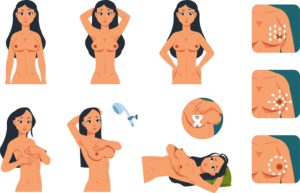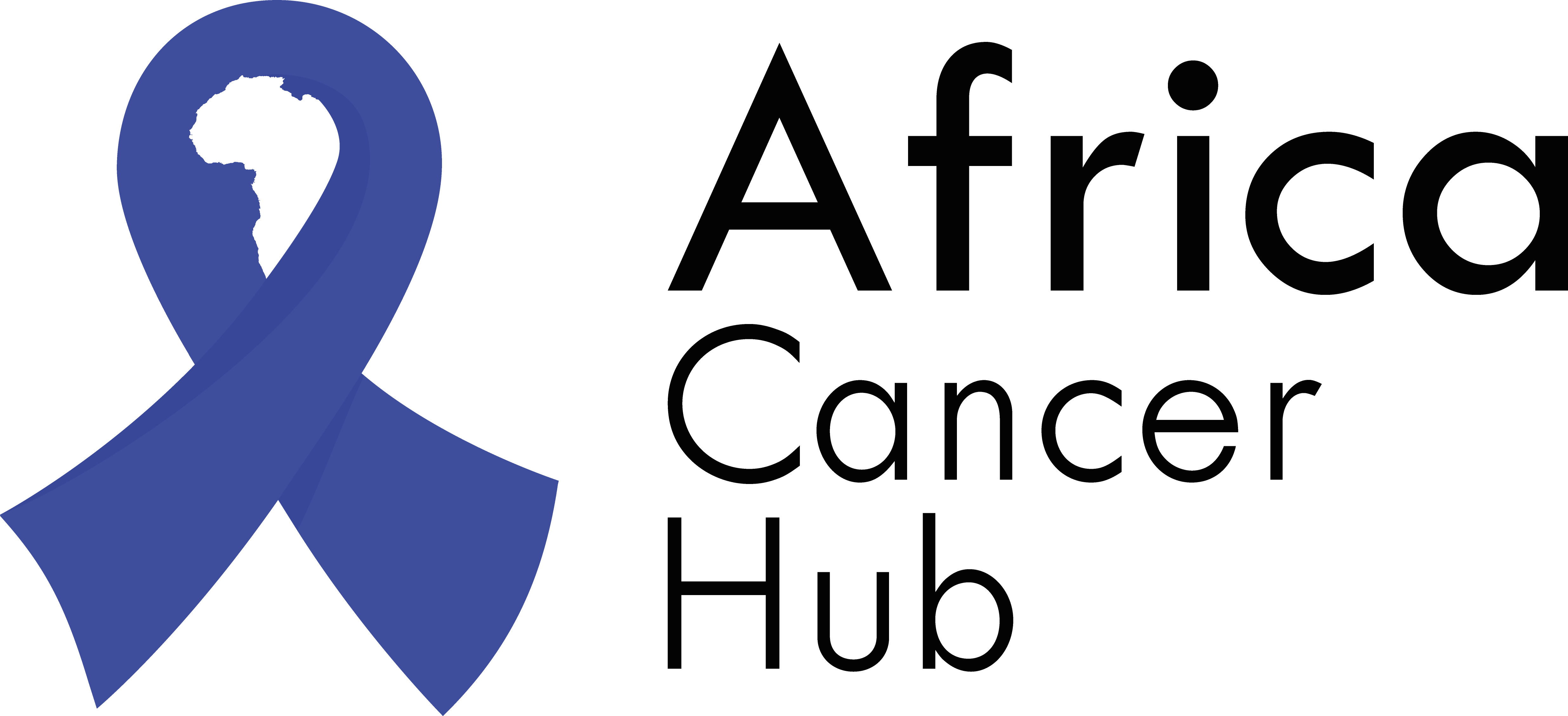A Breast self exam (BSE) is a way for you to check your breasts for any changes to the way your breasts would normally feel like, such as lumps or thickenings. Regularly self-examining your breasts, can be an important way to find a breast cancer early, when it’s more likely to be treated successfully.
On the contrary, most health experts have raised concerns about using routine breast self-exams as a part of breast cancer screening. That’s because they really haven’t been shown in improving survival for women who have breast cancer. However, there is still a lot of benefit in women being very familiar with their own breasts, so they understand what’s normal and can quickly report anything unusual. Also, a significant number of women report that the first sign of their breast cancer was a new breast lump they discovered on their own.
How to perform a breast exam
A thing to note. If you are still getting your monthly periods, choose a time in your cycle when your breasts are least tender which is usually the week after your period ends. This is because your hormone levels change each month during your menstrual cycle, which causes changes in breast tissue. Swelling begins to decrease when your period starts, so you will be able to detect any unusual changes better than when your breasts are swollen.

Step 1
Sit or stand braless in front of a mirror with your arms at your sides. To inspect your breasts, do the following:
• Face forward and look for puckering, dimpling, or changes in size, shape or symmetry.
• Check to see if your nipples are inverted
• Inspect your breasts with your hands pressed down on your hips.
• Inspect your breasts with your arms raised overhead and the palms of your hands pressed together.
• Lift your breasts to see if ridges along the bottom are symmetrical.
• Look for any signs of fluid coming out of one or both nipples (this could be a watery, milky, or blood).
Step 2
Next, use your hands to examine your breasts. You can do this when lying down or in the shower.
- When lying down, choose a bed or other flat surface to lie down on your back. This is because the breast tissue spreads out, making it thinner and easier to feel.
- Lie down and place a small pillow or folded cloth under your right shoulder. Put your right hand behind your head. Place your left hand on the upper portion of your right breast with fingers together and flat.
- Think of your breast as a face on a clock. Start at 12 o’clock and move toward 1 o’clock in small circular motions. Continue around the entire circle until you reach 12 o’clock again. Keep your fingers flat and in constant contact with your breast. When the circle is complete, move in 1 inch toward the nipple and complete another circle around the clock.
- Continue in this pattern until you’ve felt the entire breast. Make sure to feel the upper outer areas that extend into your armpit.
- Place your fingers flat and directly on top of your nipple. Feel beneath the nipple for any changes. Gently press your nipple inward. It should move easily.
- Repeat these steps on your other breast. Don’t forget to check the upper, outer area of the breast, nearest to the armpit.
When In the shower, lather your fingers and breasts with soap to help your fingers move more smoothly over your skin.
- Feel for changes in the breast. It helps to have your hands slippery with soap and water. Check for any lumps or thickening in your underarm area. Place your left hand on your hip and reach with your right hand to feel in the left armpit. Repeat on the other side.
- Check both sides for lumps or thickenings above and below your collarbone.
- With hands soapy, raise one arm behind your head to spread out the breast tissue. Use the flat part of your fingers from the other hand to press gently into the breast. Follow an up-and-down pattern, moving from bra line to collarbone. Continue the pattern until you have covered the entire breast. Repeat on the other side.
Many women find lumps or changes in their breasts, since some of these are normal changes that occur at various points in the menstrual cycles. Breasts often feel different in different places. A firm ridge along the bottom of each breast is normal, for instance. The look and feel of your breasts will change as you age. Do not panic if you find a lump. 80% of lumps are not benign and not cancer.
However, make an appointment with your doctor if you notice any of the following
• A hard lump or knot near your underarm
• Changes in the way your breasts look or feel, including thickening or prominent fullness that is different from the surrounding tissue
• Dimples, puckers, bulges or ridges on the skin of your breast
• A recent change in a nipple to become pushed in (inverted) instead of sticking out
• Redness, warmth, swelling or pain
• Itching, scales, sores or rashes
• Bloody nipple discharge
Your doctor may recommend additional tests and procedures to investigate breast changes, including a clinical breast exam, mammogram and ultrasound.
REFERENCES
webmd.com/breast-cancer/breast-self-exam
https://www.mayoclinic.org/tests-procedures/breast-exam/about/pac-20393237
